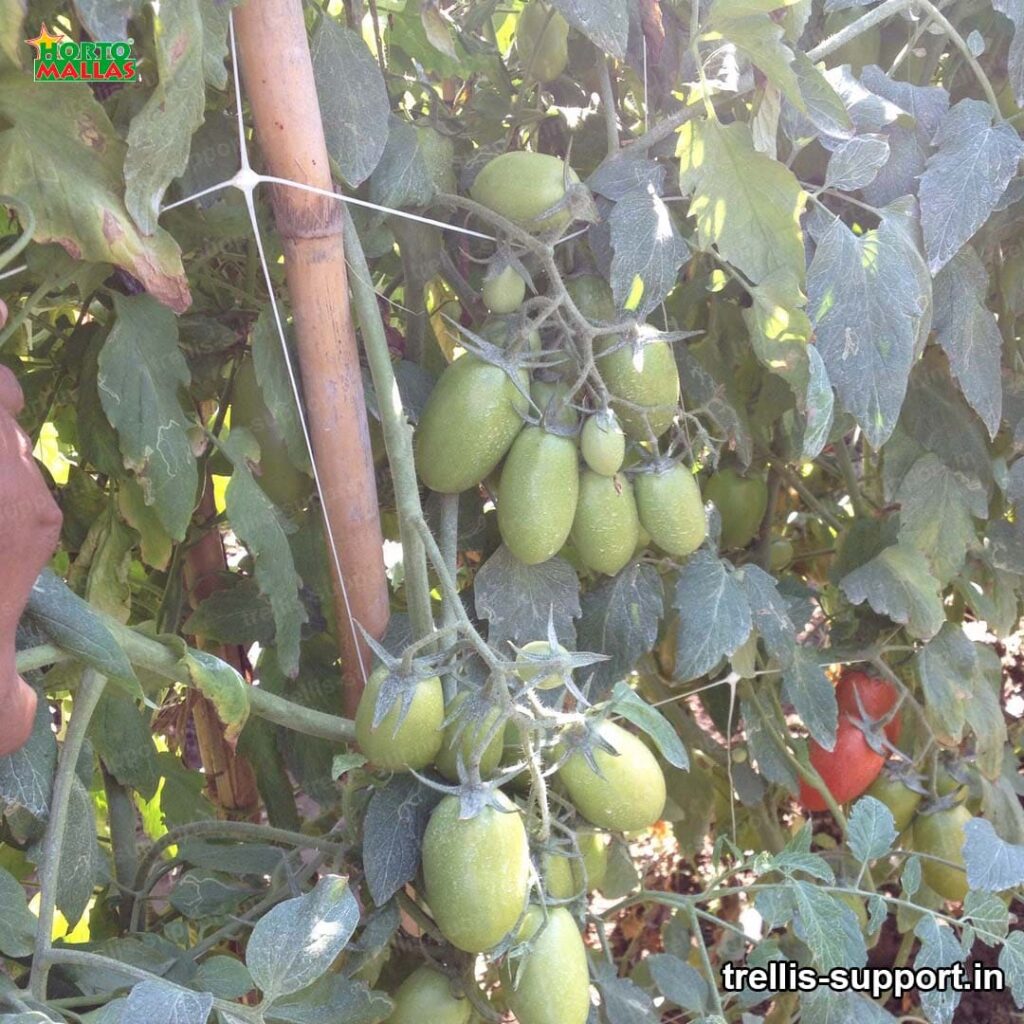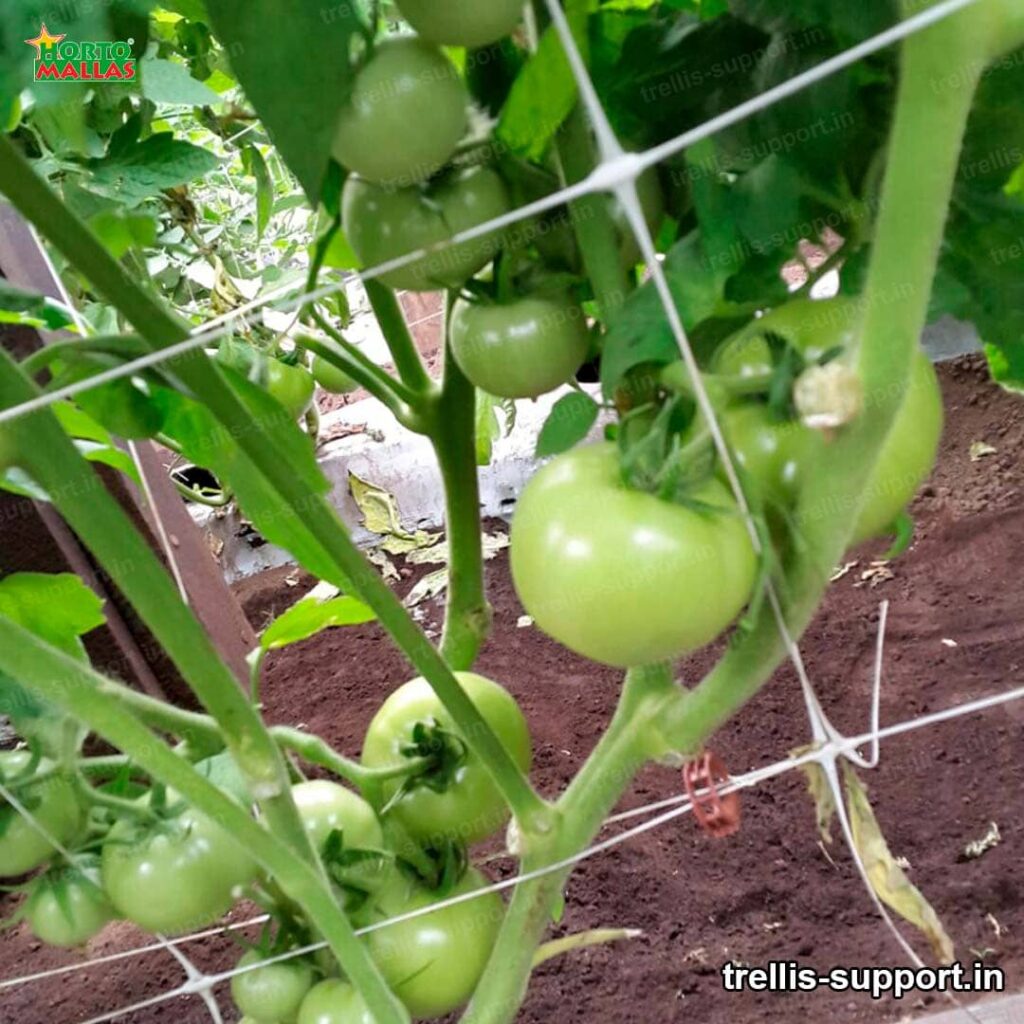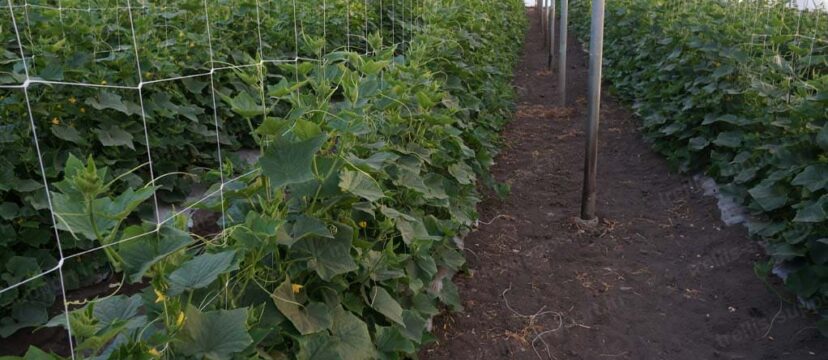One of these problems is fungi, a variety of diseases that can affect a large number of plants. Fungi destroy plants, cause the death of the crop and generate very important economic losses for the farmer. A fungus is a microscopic being, formed by thousands of tiny threads called hyphae, which feed on the living tissues of plants, creating a typical mantle or film. Once fed and with sufficient moisture, fungi can multiply rapidly and become a real pest. In the case of vegetable crop, the main damage caused by fungi is that they destroy all types of plant tissue. This means that the plant cannot receive the nutrients necessary for its growth and development. Other diseases, such as root rot, are also harmful, as entire regions of the plant are affected and begin to suffer from a general dryness.
By the time the fungi feed and begin to reproduce, there is also a reduction in the number of fruits and vegetables that the plants produce. This is because the plants do not have the capacity to resist the attack and begin to dry out, becoming less productive. In addition, poor fruit quality is also a problem as the fungi can even transmit diseases through the fruit. In addition to damage to plant tissues, fungi can also damage the soil. Fungi eat the roots of plants, leaving them without the ability to absorb water and nutrients from the soil. This makes the soil even poorer, with a completely different structure. As a consequence, the capacity to absorb rainwater is reduced, making the irrigation process more difficult. They also threaten human health.

What is the damage caused by bacteria in a vegetable crop?
Bacteria are one of the many threats facing vegetable crops and most of the time growers are unable to prevent them. When it penetrates a plant, its impact can be devastating, as many bacterial species are pathogens and can affect crop production. This problem is not new; growers have been trying to deal with these pathogens to maintain the health of their plants since time immemorial. While controlling bacterial infection in vegetable crops can be a challenge, there are ways to prevent the damage it can cause. One of the biggest harms caused by bacteria in a vegetable crop is an infection, which usually occurs when microorganisms, such as bacteria, reach the vegetable plant under the right conditions to spread. These infections, sometimes known as crop diseases, cause damage to plant tissues, damaging them and causing them to wilt.
Plant diseases can also result in yield losses as the diseased plant loses its productive capacity. In addition, the spread of bacteria in a crop can lead to nutritional deficiency, reducing the amount of nutrients that can be absorbed by the plants. This can result in reduced yields and increased production costs. On the other hand, pathogens can also cause the death of whole plants or parts of plants. This type of damage is unusual, but can occur to some extent if infection breaks out. Finally, steps to control the presence of bacteria in a vegetable crop can be very costly. While chemical control methods have proven effective in eliminating infection, certain agrochemicals can be harmful to other organisms, including humans, and should be used with caution.

What is the damage caused by a virus in a vegetable crops?
The effects of the virus on a vegetable crop are devastating. A virus can be spread by wind, water and insects, making it difficult to control. This disease manifests itself through external symptoms that include leaf spots, bud deformities, decreased production and reduced fruit and flower quality. The effects of a virus depend on the crop it affects, but the most evident are leaf wasting, bud deformity, reduced yield and quality, as well as a decrease in resistance to other stresses. Viral attack reduces fruit and flower quality and can lead to yield decline. The latter can be partial or total, depending on the crop variety and the virulence of the virus. There are also indirect effects of a virus on the crop. For example, a virus can increase the incidence of diseases, including those caused by fungi.
Virus attack can also be a trigger for pest attack. These diseases can cause significant losses in crops that are attacked by the virus. One of the most serious effects of a virus in a crop is the transmission of recombinant genes. This can result in the generation of new pathogens that cause plants to be more susceptible to disease and the damaging action of environmental agents. Viral presence can affect nutrient uptake in the plant, further reducing productivity. A virus can have effects on the environment, including decreasing biodiversity. This is because the virus can spread through the wind, ensuring the long-term survival of pathogens in the ecosystem. When other species become infected with a virus, biodiversity decreases, altering nutrient cycles and leaving crop care.
